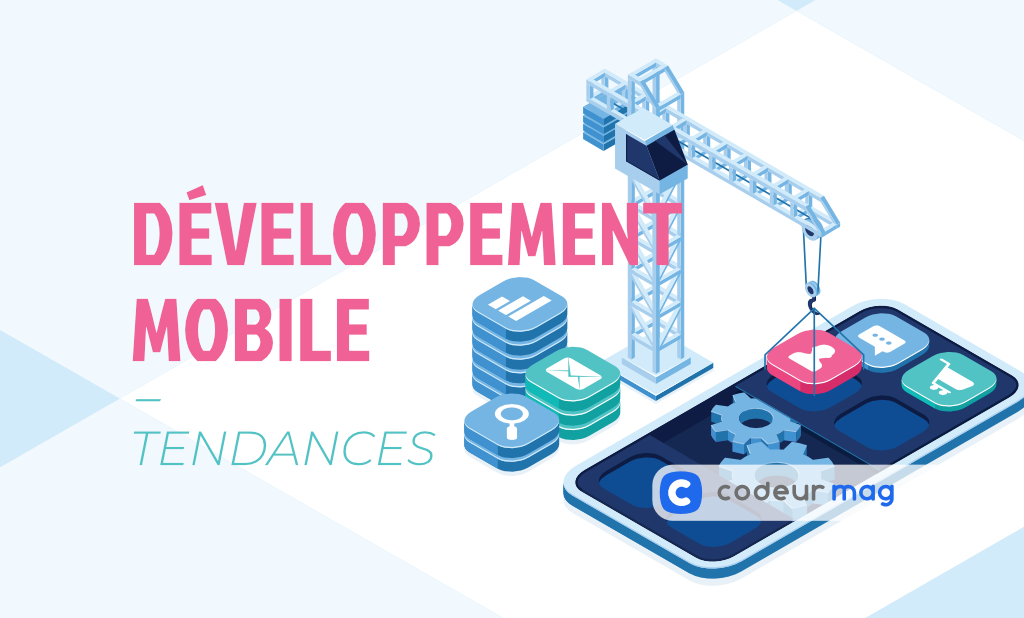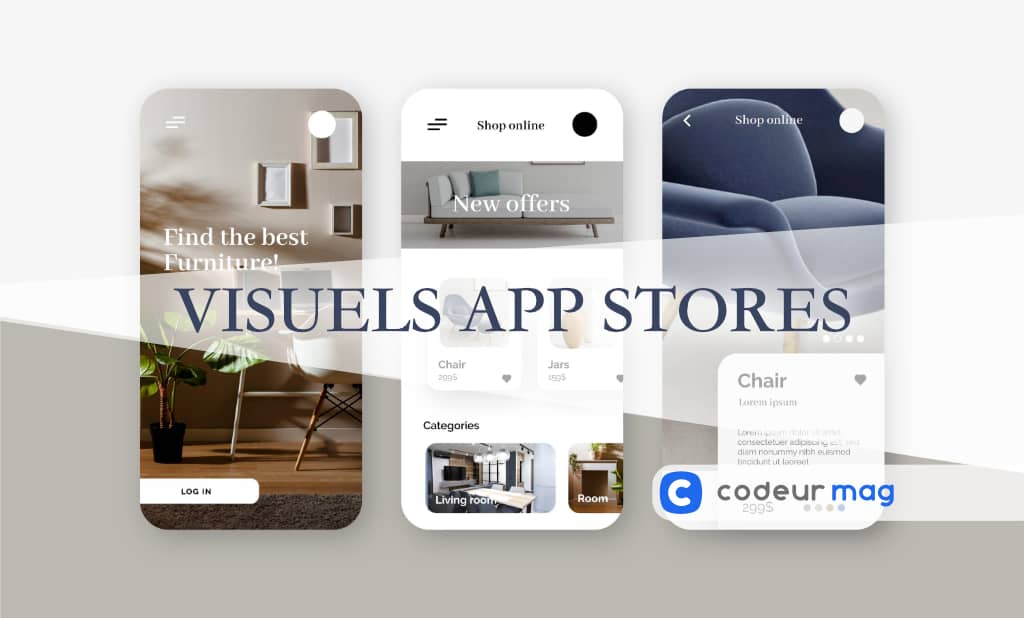6 Things to include on your AMP page

Google has introduced its AMP (Accelerated Mobile Pages) technology to make web browsing faster on mobile. The goal is to speed up page loading time and improve the user experience for mobile users.
Despite some limitations, you can customize these pages with many AMP components to make them even more user-friendly and increase your conversion rate.
To optimize your AMP pages, here are 6 elements you can add!
1. An accordion display
The beacon tag allows to present content in an accordion format, to allow the user to move from one section to another very easily. This technique divides a text into several subtitled paragraphs, so that the user can quickly go to the section that interests him.
There are two options for the accordion display:
- Nested accordionsi.e. stacked one inside the other allowing the opening of several sections at the same time
- The accordions with automatic closing which allow only one open section at a time.
2. A sidebar
The sidebar, which is integrated using the offers a clear navigation to guide the visitor through your website. With this additional menu, publishers offer an optimal interface design, so that the visitor enjoys the quintessence of the content.
As soon as the user clicks on it, it unfolds and presents the main contents, just like in a mobile application. The user experience is much more pleasant, because it does not interfere with the reading of the main content.
The accordion view and the sidebar can be used together to build a hierarchical menu, effective in the structure of your site.
3. The buttons of social networks
Facebook, Twitter, Pinterest… do we still need to remind the importance of these social networks in promoting your content? Let’s add that these platforms are totally mobile-friendly and represent the majority of time spent on the smartphone.
By implementing buttons allowing the user to share your content on social networks, you increase the visibility of your products, services or blog posts.
Also read: Social media: how to integrate share buttons to generate more engagement?
4. The tracking pixel
The AMP Pixel is a quick way to track the number of views of your pages. The data is then sent to a URL you determine. It’s a built-in component that doesn’t require loading an extension.
Be careful not to integrate the at the bottom of the page. It is only triggered when it is placed as close as possible to the beginning of the page body.
With this tracking, you can know the performance of your pages and how to improve them.
5. Forms
At the beginning of AMP technology, you could not integrate forms on your mobile pages. It is now possible with the to enable forms and format them.
With this feature, you can offer landing pages to mobile users and easily acquire leads from your mobile site or social networks. This is a must to get leads into your buying tunnel and increase your sales.
6. A payment method
AMP pages can support requesting payment information directly from the browser. To request payments in AMP, you will also have to have a specific iFrame and integrate it with a “Buy Now” button.
However, since AMP restricts JavaScript, the iFrame source must also handle instances where PaymentRequest is not available.
Other options include:
- Swap the “Buy” button for an “Add to Cart” button
- Redirect users to a standard checkout form
Even with the limitations of AMP, designing a beautiful, customizable page is entirely possible. The above components are just some of the additions you can make to maximize conversions.
Follow our detailed tutorials to install AMP on WordPress and to enable AMP on Shopify!



